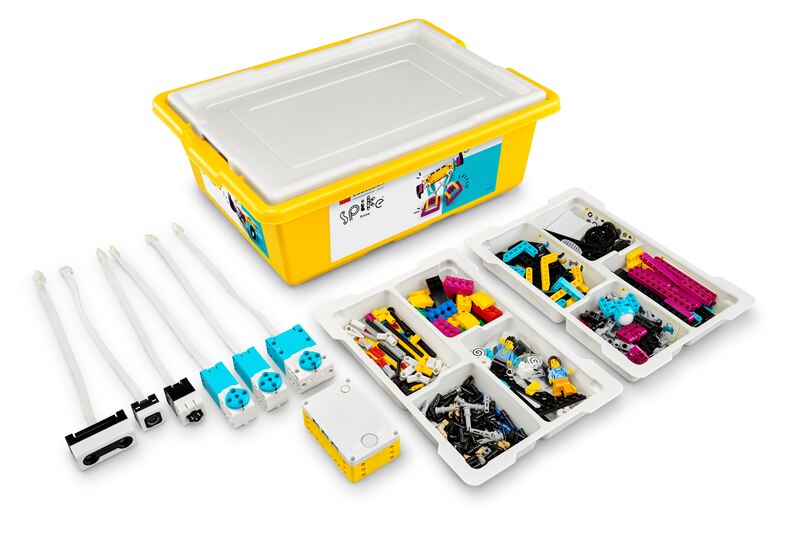Types of Robot Sensors and Their Applications
Just like we humans have 5 senses that give us the ability to see, feel, touch, hear, and taste, robots too have sensors that improve their ability to perform complex tasks with ease. The sensor allows a robot to react to the environment around, rather than being just machine-like incapable of soliciting a reaction. Sensors are like an in-built navigation device that tells the robot about the position of objects in the environment and their proximity to the objects. There are numerous sensors that can be plugged into the robot to serve different purposes. In this Blog, we will run you through the various types of sensors.
Light Sensor
A difference in voltage is created when a light sensor detects light. This is mainly used as the robot’s vision system that allows it to navigate and move around with the help of computer-controlled cameras. There are two most important light sensors that are used in today’s time; Photoresistors and Photovoltaic cells.

Photoresistor Sensors
These are also called light-dependent resistors (LDR) that indicate the presence or absence of light in the surroundings and also measure its intensity. When the environment is dark, it showcases more resistance, and when there is enough light, the resistance drops. These are pretty widely used in robotic applications that require a lens to sense light and the sensors are not too expensive either. Photovoltaic cells This process converts solar radiation into electrical energy and is beneficial when you are planning to work on a solar robot.
Did you know that your most-loved educational toy maker LEGO® makes use of the Technic™ Color Sensor in its LEGO® Education SPIKE™ Prime set which enables the robot to detect color, ambient lighting, and reflectivity? The robot structure built by students even emits white light to bring life to this toy machine. These kits are available globally and have become popular amongst students in the Middle East and GCC regions since the learning resources are in sync with the school’s STEM curriculum.
Sound Sensors
Can robots hear and comprehend what we are trying to tell them? Well, now that robots are becoming smarter and more human-like, they need the ability to hear us and process the instructions to perform actions. Sound sensors and microphones are usually used for speech recognition and navigating based on sound. We must all have interacted with Siri, Alexa, and Google Assist at some point in time. They hear with the help of microphones and return the speech, just like we interact with each other. If you have coded the robot to move right on the sound of a clap and left on the sound of two claps, it will follow accordingly.

Tactile Sensors
The sense of touch is associated with the term ‘tactile’ and these sensors get activated when humans touch the robot or come in contact with it. A smart home device such as floor lights gets lit automatically when you walk past that area and shuts on its own when you are no longer there. This mechanism uses tactile sensors to sense that someone is walking in the room. Another example is the robot vacuum mop in our homes that automatically does the cleaning by reaching every nook & corner of the apartment. It is indeed designed smartly, such that it knows how to navigate itself and doesn’t bump into the furniture. This is possible with the help of tactile sensors. In the same way, humanoid robots can feel touch, and interact with the environment around them. This category also includes a force sensor which helps the robot make some quick calculations so that it can lift heavy weights and handle material better. If you are a regular user of the LEGO® Education SPIKE™ Prime set, you would know that the LEGO® Technic™ Force is an add-on feature that one can purchase to amplify the robot’s performance. It empowers your models to calculate up to 10 Newtons (~1kg) with accuracy and also doubles as a touch sensor when pressed or bumped. To learn more about LEGO® Education SPIKE™ Prime set and to avail of it in Dubai and UAE, simply visit our link shop knowledge Hub

